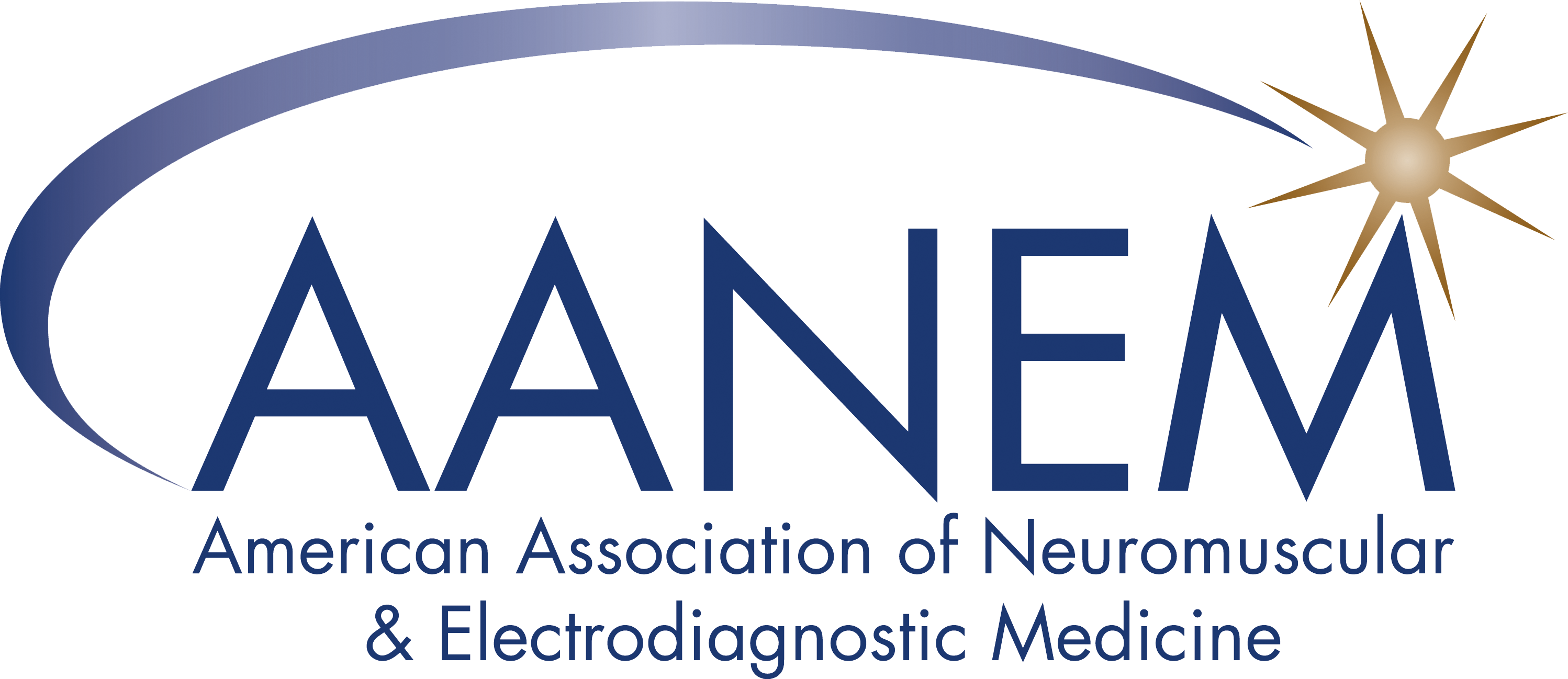Science News: Clinical Trial Finds Telitacicept Reduces MG Symptoms Within Weeks
Published June 26, 2025
Science News
Submitted by: Justin Willer, MD
Edited by: Nakul Katyal, MD
Citation: Yin J, Zhao M, Xu X, et al. A multicenter, randomized, open-label, phase 2 clinical study of telitacicept in adult patients with generalized myasthenia gravis. Eur J Neurol. 2024;31(8):e16322. doi:10.1111/ene.16322
Summary:
Telitacicept is a recombinant Human Beta lymphocyte stimulating factor receptor fusion protein. It comprises the B-cell stimulating factor receptor(Blys), the extracellular soluble part of the transmembrane activator and calcium modulator and cyclophilin ligand interactor (TACI) and the Fc part of human IgG1. It acts as a dual inhibitor of BlyS and APRIL (a proliferation inducing ligand). This blocks B lymphocyte proliferation and T lymphocyte maturation.
Patients were randomly assigned in a 1:1 ratio to receive either 160 or 240 mg telitacicept subcutaneously once weekly for 24 weeks in addition to standard-of-care treatment for gMG. The primary efficacy endpoint was the mean change in the quantitative myasthenia gravis (QMG) score from baseline to week 24. Secondary endpoints included the mean change in the QMG score from baseline to week 12 and the mean change in the MG clinical absolute score from baseline to week 12 and from baseline to week 24.
Twenty-nine of the 41 patients screened were randomly selected and enrolled. The mean (± standard deviation [SD]) reduction in QMG score from baseline to week 24 was 7.7 (± 5.34) and 9.6 (± 4.29) in the 160 mg and 240 mg groups, respectively. At week 12, mean reductions in QMG scores for these two groups were 5.8 (± 5.85) and 9.5(± 5.03). This indicates rapid improvement.
No statistically significant differences were noted between the two groups in the primary and secondary endpoints. Both groups exhibited a reduction in their QMG score and MG clinical absolute score at week 4 compared to baseline, indicating early clinical improvement in gMG. The reduction in QMG scores were sustained throughout the study period indicating both groups achieved clinical improvement.
Side effects included decrease in white cell count, upper respiratory infection, diarrhea, injection site reactions, dizziness and UTIs.
Comments:
Telitacicept was well tolerated and reduced the severity of Myasthenia symptoms over the 24 week study period. It had a favorable safety profile.
BAFF is crucial for the survival, differentiation and maturation of B cells whereas APRIL plays a critical role in moderating the function and survival of plasma cells thereby impacting antibody production. Telitacicept combines the extracellular domain of both BAFF and APRIl with the Fc receptor of a human antibody therefore may be more advantageous compared to other B‐cell‐targeted therapies.
Anti CD20 antibodies do not bind to plasma cells and it is thought that part of the limitation of their efficacy is due to lack of CD 20 expression in plasma cells.
